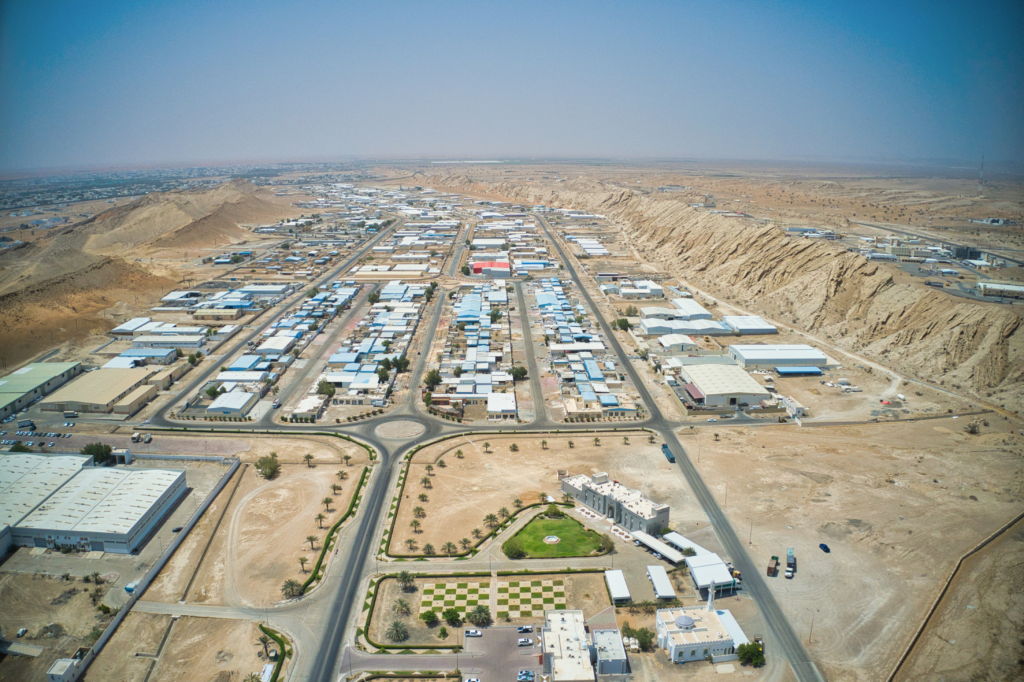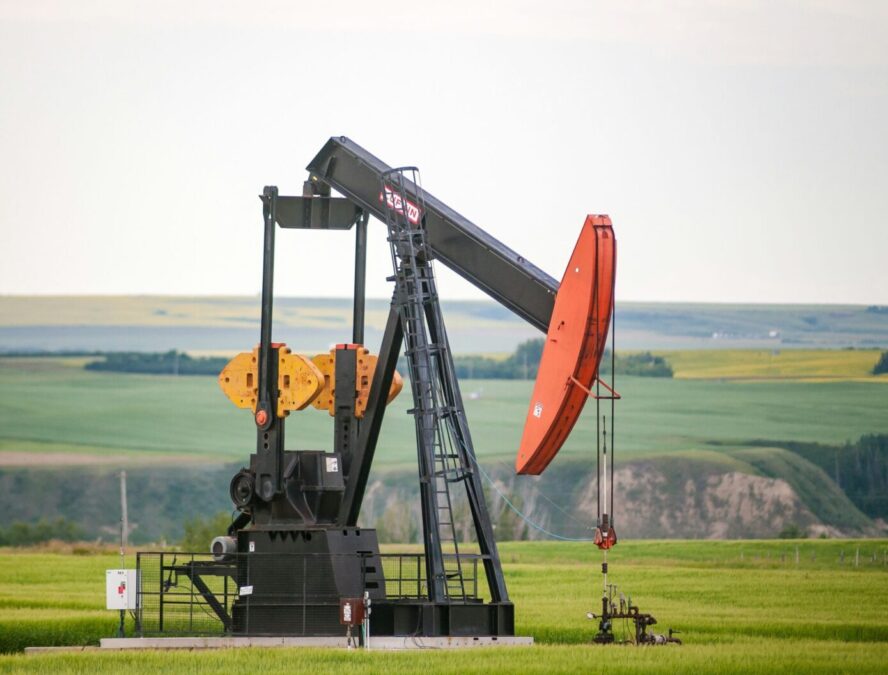Oman is witnessing a powerful growth in economic revival, driven largely by rising global oil prices and focus on its non-oil sectors. The Gulf nation’s economy has shown a notable rebound over the past year, supported by government reforms, investment in technology, and manufacturing expansion. This shift aligns with Oman’s Vision 2040 plan, which aims to reduce reliance on oil and diversify the national income sources.
As energy markets continue to surge, Oman is capitalizing on the boom while also future-proofing its economy through strategic diversification. Recent reports suggest the country is well on its way to building a more resilient and modern economic structure.
Oil Prices Fuel Economic Recovery
Global oil prices have consistently stayed strong throughout 2024 and early 2025, hovering around $85 to $90 per barrel. For a country like Oman, where oil revenues still make up a significant portion of GDP, this price surge comes as a major windfall.

The Ministry of Economy reported that Oman’s GDP expanded by over 3.2% in 2024, with the hydrocarbon sector playing a crucial role. Crude oil and natural gas exports saw a healthy rise, contributing significantly to foreign reserves and helping stabilize public finances.
Higher oil revenues have allowed the government to pay off some debts, improve its credit ratings, and inject funds into national development projects. According to The National News, the International Monetary Fund (IMF) projects Oman’s fiscal deficit to narrow further in 2025, bolstering investor confidence.
Non-Oil Sectors Show Impressive Growth
Despite the focus on oil revenues, Oman’s government is actively reducing its economic dependence on fossil fuels. In 2024, the non-oil sector contributed over 60% of GDP, a promising indicator of successful economic diversification.
Manufacturing, especially in petrochemicals and food processing, saw double-digit growth. Investments in free zones like the Duqm Special Economic Zone have attracted international businesses. The government’s ease-of-business reforms and tax incentives have made Oman an appealing destination for investors.
Technology and digital transformation have also gained momentum. The Oman Technology Fund (OTF) and private investors are backing local startups in AI, fintech, and logistics. The launch of 5G services and investments in cloud infrastructure have encouraged companies to adopt digital tools, enhancing productivity across various sectors.
Vision 2040 Driving Long-Term Strategy
Launched in 2021, Oman Vision 2040 serves as a roadmap for sustainable and inclusive growth. The vision prioritizes human capital, innovation, and a green economy. It focuses on reducing oil dependency by building strong education systems, empowering youth, and enhancing private sector involvement.

In 2024, Oman introduced several reforms aligned with Vision 2040:
- Streamlining business registration processes
- Offering 100% foreign ownership in select sectors
- Launching training programs to boost local employment
- Supporting green initiatives and sustainable urban development
These reforms are starting to bear fruit. More than 50,000 new jobs were created last year, particularly in logistics, tourism, and technology. The Ministry of Labour reports that Omanisation (local employment) rates in private companies have also improved.
Tourism and Logistics Gaining Traction
The tourism sector, heavily affected during the pandemic, has bounced back with renewed energy. Oman’s beautiful beaches, historic forts, and desert landscapes are attracting both regional and international travelers. The government’s partnership with airlines and global travel platforms is making Oman a must-visit destination.
Oman’s logistics sector is another rising star. Strategic infrastructure like the Port of Sohar and the Duqm Port is being upgraded to handle more trade. The country’s location at the crossroads of Asia, Africa, and the Middle East gives it a natural edge in regional shipping and cargo movement.
The integration of rail links and road networks with GCC countries is also expected to enhance trade flow, cut transport costs, and support regional cooperation.
Challenges Remain but Outlook is Strong
Despite the positive momentum, Oman still faces some challenges. Youth unemployment, reliance on oil price volatility, and the need for faster digital adoption are key issues. However, the government is addressing them head-on through targeted policies and public-private partnerships.
The IMF and World Bank have both acknowledged Oman’s economic resilience and praised its fiscal discipline. Ratings agencies like Moody’s and Fitch upgraded the country’s credit outlook in late 2024, citing better debt management and stable revenue streams.
If oil prices remain strong and reforms continue, Oman is expected to maintain a 3.5% to 4% growth rate through 2025. The country’s progress in building a robust, diversified economy is now seen as a model for other Gulf nations.
Conclusion
Oman’s economic journey is turning a new page. With high oil prices offering a much-needed boost and diversification plans taking root, the country is setting the stage for long-term prosperity. Whether it’s through manufacturing, technology, or tourism, Oman is proving that it is more than just an oil exporter. It is evolving into a regional hub of innovation, trade, and opportunity.
Visit for more updates:
IMF Reports on Oman
Oman Vision 2040 Official Website
Ministry of Economy, Oman
Also Read – Nvidia’s $3 Trillion Leap: Saudi AI Chip Deal Supercharges Stock and Tech Dominance



